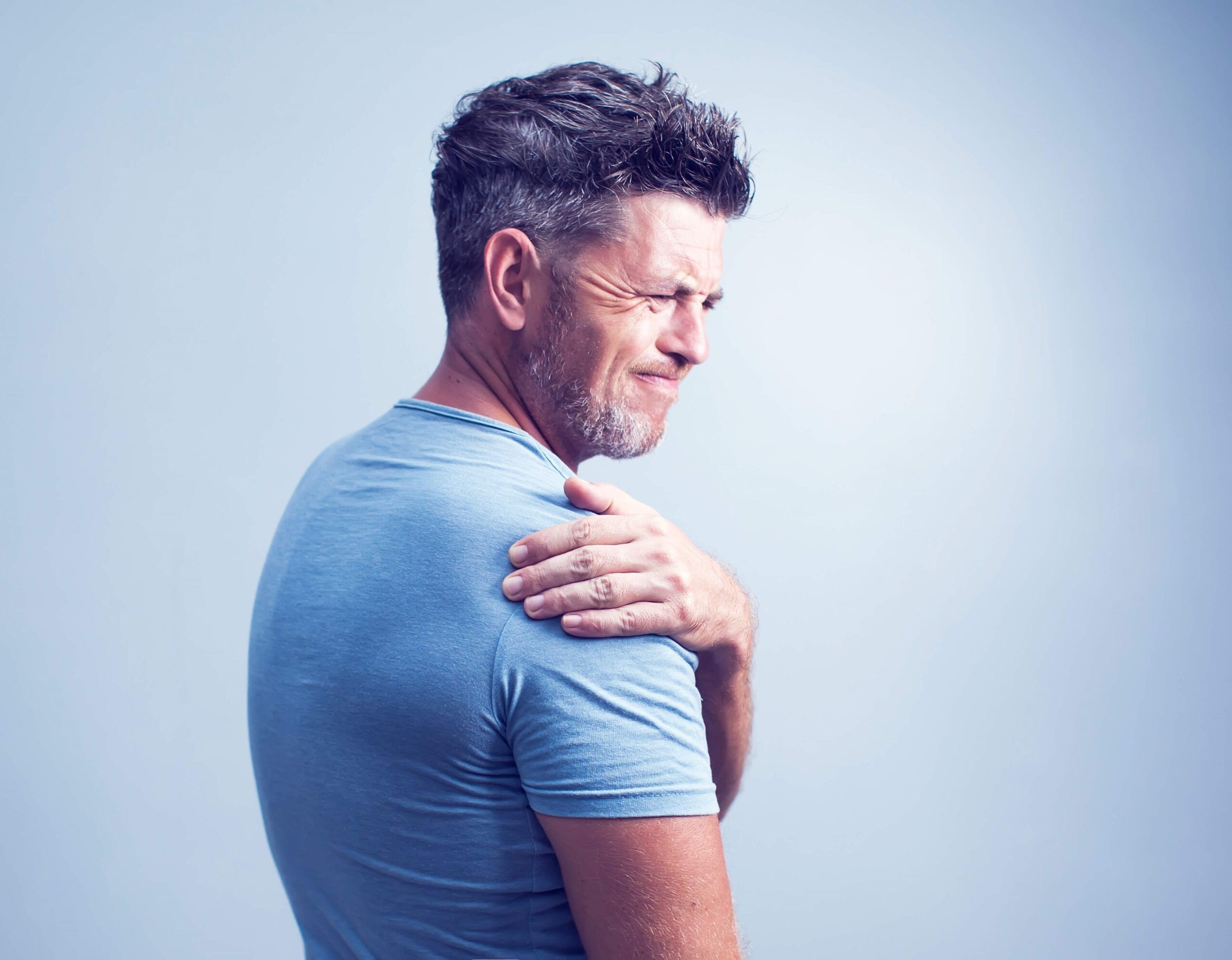Schedule An Appointment With Us
Are Your Symptoms Affecting Your Quality Of Life?
Consult our MOH-accredited shoulder specialist for a comprehensive diagnosis of your condition & a personalised treatment plan.
Shoulder instability is a condition where the shoulder joint is prone to excessive movement or dislocation, affecting its normal function and stability. The shoulder joint, relies heavily on a balance of muscular and ligamentous support to maintain its position and function. Instability arises when these structures are damaged or overstrained.
MBBS
MRCSEd
MMED (Ortho)
FRCSEd

Shoulder instability is a condition where the shoulder joint is prone to excessive movement or dislocation, affecting its normal function and stability. The shoulder joint, being one of the most mobile joints in the human body, relies heavily on a balance of muscular and ligamentous support to maintain its position and function. Instability arises when these structures are damaged or overstrained, leading to an increased risk of the joint becoming loose or dislocating.
Understanding the causes of shoulder instability allows for accurate diagnosis and effective treatment.
The symptoms of shoulder instability vary depending on the severity and cause of the condition. They can impact daily activities, work, and participation in sports.
Diagnosing shoulder instability involves an assessment that starts with a review of the patient’s medical history and symptoms, followed by a physical examination.
Imaging tests, such as X-rays, MRI, and CT scans, can visualise the internal structures of the shoulder.
In certain cases, arthroscopy, a minimally invasive surgical procedure, may be employed for a more in-depth evaluation.
Non-surgical treatments are the first line of approach, aimed to manage symptoms, strengthen the shoulder, and prevent further dislocations.
Physical Therapy |
A physical therapist designs a program to strengthen the muscles around the shoulder, particularly the rotator cuff and scapular stabilisers, and improve the range of motion. Exercises are tailored to each individual’s condition and progress. |
Rest and Activity Modification |
Rest allows time for the injured tissues to heal. Avoid activities that trigger symptoms or put the shoulder at risk of dislocation. |
Pain Management |
Pain relief may be achieved through over-the-counter painkillers such as ibuprofen or acetaminophen. In some cases, stronger medications may be prescribed. |
Shoulder Brace or Sling |
In some cases, a brace or sling may be recommended to limit shoulder movement and provide support, especially in the initial stages after a dislocation. |
Corticosteroid Injections |
If there is inflammation, corticosteroid injections may be used to reduce swelling and pain. These are used cautiously as they can weaken tendons and ligaments over time. |
When non-surgical treatments are not effective or in cases of severe shoulder instability, surgery may be necessary. These aim to repair or tighten the ligaments that hold the shoulder joint in place and address any associated injuries.
Preventing shoulder instability involves strategies to strengthen the shoulder, improve joint mechanics, and reduce the risk of injury.
Schedule An Appointment With Us
Consult our MOH-accredited shoulder specialist for a comprehensive diagnosis of your condition & a personalised treatment plan.

MBBS
MRCSEd
MMED (Ortho)
FRCSEd
With over 20 years of experience, Dr Poh Seng Yew is an orthopaedic surgeon specialising in hip, knee, shoulder and elbow surgery, sports medicine, and trauma surgery.




Weekdays: 9.00am – 5.00pm
Saturdays: 9.00am – 1.00pm
Sundays and Public Holidays: Closed
Your symptoms shouldn’t affect your quality of life or disrupt daily activities. Reach out to our friendly clinic staff today & schedule a consultation.
Yes, many cases can be managed with non-surgical treatments such as physical therapy, rest, activity modification, pain management, and shoulder braces.
Surgery may be required for severe cases, particularly when there is structural damage or when non-surgical treatments have not been effective in stabilizing the shoulder.
Yes, athletes, especially those involved in sports requiring repetitive overhead motions, are at higher risk of developing shoulder instability.
There is a risk of recurrence, especially if preventive measures are not followed or in cases of severe injury. This risk can be minimized with proper treatment and rehabilitation.